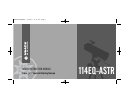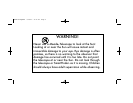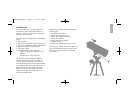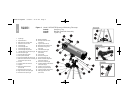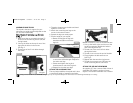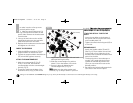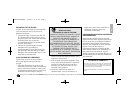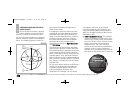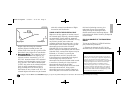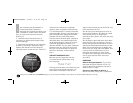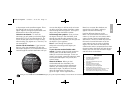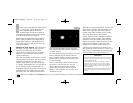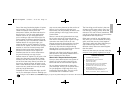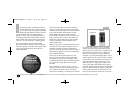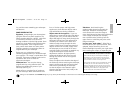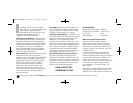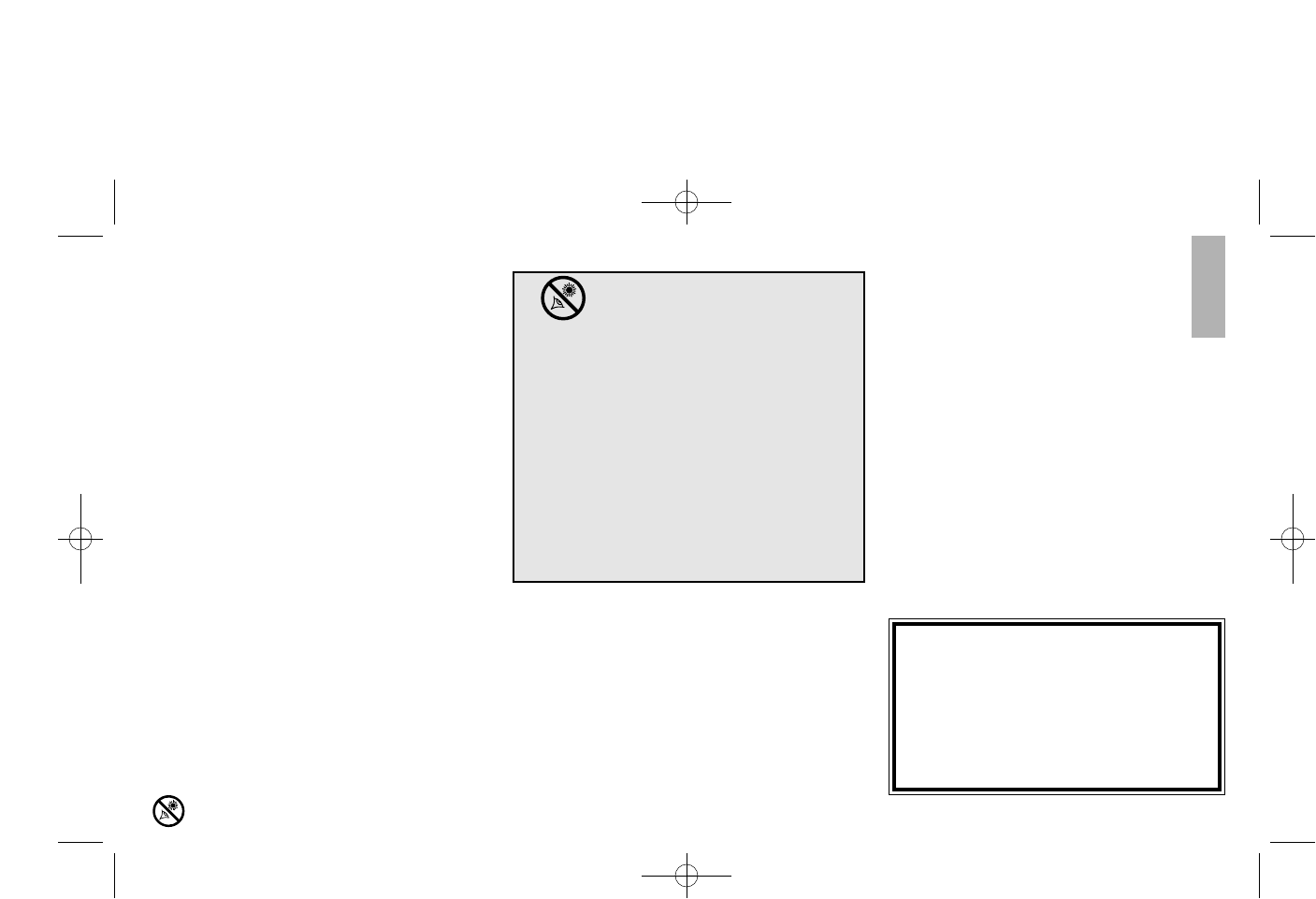
SUN WARNING
NEVER USE YOUR
TELESCOPE TO LOOK AT THE SUN!
LOOKING AT OR NEAR THE SUN WILL CAUSE
INSTANT AND IRREVERSIBLE DAMAGE TO
YOUR EYE. EYE DAMAGE IS OFTEN
PAINLESS, SO THERE IS NO WARNING TO
THE OBSERVER THAT DAMAGE HAS
OCCURRED UNTIL IT IS TOO LATE. DO NOT
POINT THE TELESCOPE OR ITS VIEWFINDER
AT OR NEAR THE SUN. DO NOT LOOK
THROUGH THE TELESCOPE OR ITS
VIEWFINDER AS IT IS MOVING. CHILDREN
SHOULD ALWAYS HAVE ADULT SUPERVISION
WHILE OBSERVING.
BALANCING THE TELESCOPE
In order for the telescope to move smoothly
on its mechanical axes, it must first be
balanced as follows:
1. Loosen the right ascension lock (20, Fig.
5). The telescope mount will turn freely
about the polar axis. Rotate the telescope
about the polar axis so that the
counterweight shaft (6) is parallel to the
horizon (horizontal).
2. Loosen the counterweight's locking
thumbscrew (7) and slide the
counterweights (5) along the shaft until
the telescope does not drift up or down.
Retighten the counterweight lock (7). The
telescope is now balanced.
ALIGN THE RED DOT VIEWFINDER
Perform the first part of this procedure
during the daytime and the last step
at night.
1. Point the telescope at an easy-to-find
land object such as the top of a telephone
pole or a distant mountain or tower. Look
through the eyepiece and turn the focuser
knob (29) until the image is sharply
focused. Center the object precisely in the
eyepiece’s field of view.
2. Look through the red dot viewfinder. Turn
one or more of the viewfinder’s alignment
screws (32, Inset B) until the red dot is
precisely over the same object as you
centered in the eyepiece.
3. Check this alignment at night on a
celestial object, such as the Moon or a
bright star, and use the viewfinder’s
alignment screws to make any
necessary refinements.
UNDERSTANDING CELESTIAL MOVEMENTS
AND COORDINATES
Understanding where to locate celestial
objects and how those objects move across
the sky is the key to enjoying the hobby of
astronomy. Most amateur astronomers
practice "star-hopping" to locate celestial
objects. They use star charts or
astronomical software to identify bright
stars and star patterns as "landmarks" in
their search for astronomical objects.
Another technique for locating objects is to
use the setting circles that are provided on
your telescope.
THE MEADE 4M COMMUNITY
You haven’t just bought a telescope, you have embarked
on an astronomy adventure that never ends. Share the
journey with others by accepting your free membership
in the 4M community of astronomers.
Go to www.Meade4M.org to activate your membership
today.
5
Looking at or near the Sun will cause irreversible damage to your eye. Do not point this telescope at or near the Sun. Do not look through the telescope as it is moving.
Meade114EQASTR 3/28/07 9:33 AM Page 7



